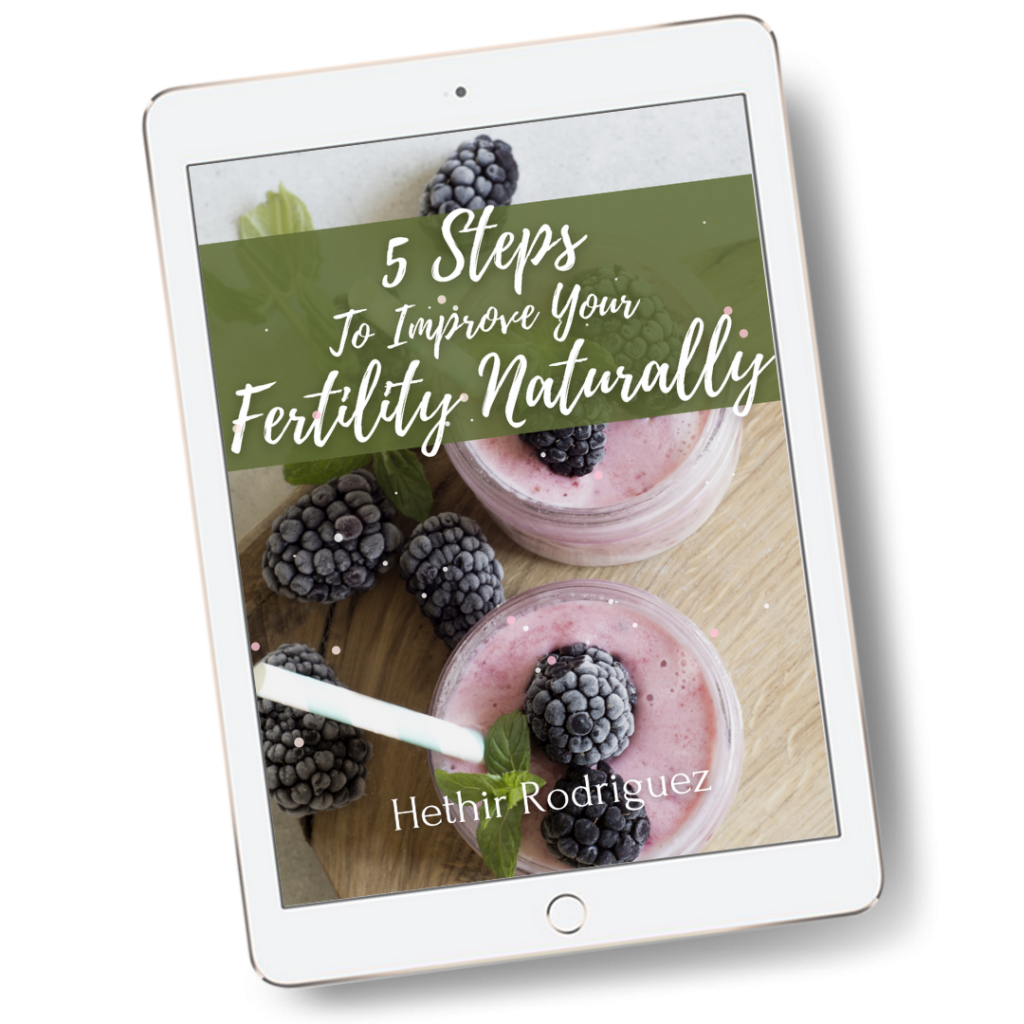Below are some of the most common questions about the estrogenic action of herbs and supplements we get from our subscribers, visitors, and community. The estrogen-like action of herbs and supplements can be very confusing. The intention of this Q&A is to help dispel any of the confusion, but it may also raise more questions. Please feel free to post your questions and comments below this article! We value healthy discussion and would love your feedback!
1. Q: My doctor tested my hormone levels, he says I have estrogen dominance. Is Red Clover, Licorice rt. and Royal Jelly okay to take? Will these increase my estrogen? Should I avoid them completely?
A: Through my learning and research, I have come to find that herbs and supplements that contain phytoestrogens or have the propensity to mimic estrogen, may protect our bodies from estrogen dominance. Though not all natural health care practitioners may agree, most do. The reason is because of xenoestrogens. Xenoestrogens come from human-made chemicals like plastics, pesticides, paint, body care products, etc. These are ingested, breathed, or slathered onto our skin daily. Xenoestrogens are endocrine disruptors. These chemicals have the ability to interfere with the natural functions and development of our bodies. The main function of the endocrine system is to serve as our body’s message center. Hormones deliver messages, the endocrine system coordinates hormones.
Xenoestrogens have the ability to bind to our estrogen receptor sites, disrupting the function of the endocrine system. Not only can they mimic our natural hormones, but they can block other hormones from binding to receptor sites. Xenoestrogens elicit a very strong estrogenic action. All xenohormones are endocrine disruptors. They can alter how natural hormones are produced, metabolized, and eliminated.
A person who consumes a diet rich in phytoestrogens may be more likely to protect their body from xenoestrogens. Phytoestrogens eaten daily may bind to receptor sites first, blocking the xenoestrogens from binding. Plus, phytoestrogens elicit a weaker estrogenic effect than xenoestrogens.
Red Clover, Licorice rt. and Royal Jelly have all been found to have the propensity to mimic estrogen in the body, but they also have superior nutritional benefits as well. The superior health benefits of these 3 outweigh any concern for increasing estrogen in the body. They may actually protect our bodies from xenoestrogens. To actually increase estrogen levels, they would need to be consumed in very large concentrated amounts over a long period of time, which is not recommended. Herbalists and most natural health care practitioners would not use phytoestrogens in concentrated forms, especially if their patient has an estrogen dominant condition.
2. Q: I heard that because Red Clover has an estrogenic action it is not safe for pregnancy. Should I avoid it if I think I am pregnant or during my pregnancy?
A: This is going to depend on who you ask. I was recently at an herbal conference and this exact question came up. I was sitting in a room of about 45 female herbalists, when this question was asked, they all agreed they suggest it not be used until the last trimester of pregnancy. Yet all of the herbalists who are mothers admitted they used it for most of their pregnancies, with no adverse reaction. Many clinical herbalists said they have never had a single pregnant mama or baby have any adverse reaction when red clover was suggested.
I have used it for pregnancy preparation, through the last trimester of pregnancy, and during the breastfeeding of both of my children. I never used concentrated amounts long term. I always use this herb as I would a nourishing food. Red Clover blends well in an infusion with other nourishing herbs like nettles and red raspberry leaf. Because it is detoxifying for the liver and kidneys, I have used it in the childbearing years, and after to aid my body in recovery postpartum. It is extremely hard on the liver, heart and kidneys to develop another human life inside of the female body. Using Red Clover infusion from time-to-time aids the body in proper function of the liver, heart and kidneys, which is essential to a healthy pregnancy.
In all of my research and use, I have never seen Red Clover infusion elicit an estrogenic effect on a pregnant mother. You would never want to use a cream made of Red Clover Isoflavone, which is a concentrated form and may increase estrogen in the body.
3. Q: I consume flax oil daily, but I heard it contains estrogen. Will this cause my body to become estrogen dominant?
A: Flax seeds contain lignans, which are the second strongest group of phytoestrogens, isoflavones being first. It is important to understand that plants that contain phytoestrogens are not the same as our natural endogenous estrogens, which are steroid hormones. Phytoestrogens are chemical constituents in plants. Flax is very high in lignans, as well as fiber. When bacteria in the digestive tract acts on the lignans they are converted into phytoestrogen. Lignans have been found to be anti-estrogenic on estrogen receptor–positive breast cancer.** It is thought that lignans boost production of a substance that fastens on to human estrogen and then it is carried out of our bodies via urination. We do know that the high fiber and lignan content of flax helps to remove excess bad estrogens from the body. Lignans also help prevent healthy cells from free radical attack.
Studies have shown high levels of estrogen in the urine of people that consume flax daily. This shows the ability of flax to remove excess estrogen from the body, while promoting healthy digestion and balanced estrogen levels. Flax oil is also an extremely healthy source of omega 3 fatty acid. Omega 3s have been shown to aid the body in hormonal balance, production of healthy cervical mucus, and healthy blood flow.
So, to make a long story short, no, there is no evidence that flax oil is going to make your body estrogen dominant. In order for flax seeds to be beneficial they must be ground, or in oil form. The body cannot digest whole flax seeds, they will pass through the digestive system unused, if eaten whole.
**clincancerres.aacrjournals.org/content/13/3/1061
4. Q: I was diagnosed with low estrogen. I have read on other sites that using soy isoflavones in the first half of your cycle will stimulate ovulation and boost my estrogen levels. I am considering using a soy isoflavone supplement to boost my estrogen levels, but is that safe or a good idea?
A: The soy debate may be one of the hottest topics concerning fertility today. Soy contains isoflavones, and has the most concentrated levels of isoflavones of any plant that is consumed by humans. Honestly, I feel that soy used in any form that is concentrated may cause estrogen dominance. This is because for one, soy already contains high amounts of isoflavones. Second, soy products, including soy isoflavone creams and pills, contain even more concentrated levels of isoflavones. This is because of the way these creams and pills are made. Isoflavones from soy beans are chemically isolated in a laboratory, they are then concentrated to make soy isoflavone supplements. These supplements contain more isoflavones than natural soy beans, or whole soy foods.
The goal should not be to manipulate a specific hormone in the body. Supporting and nourishing the systems that produce and control hormones is best. You can do this through good nutrition, herbs, supplements and natural therapies. I have seen time and time again, women really mess up their natural cycles using soy isoflavone supplements. If you choose to use a soy isoflavone supplement, it would be best to do so under the supervision of a health care professional, who can also do regular hormone testing. This would enable you to determine if this product would be right for you.
It is also important to consider why you have low estrogen to begin with. The hormonal system is an intricate system of communication. If something in that system is not functioning properly, a hormone level may drop, or increase to unbalanced levels. The main function of the endocrine system is to serve as our body’s message center. Hormones deliver messages, the endocrine system coordinates hormones. So, if a hormone level is out of balance, it may be signaling a problem with a part of the reproductive system; like egg health for example. Healthy follicle (follicles contain eggs) and adequate follicle count are essential for the release of the hormone estrogen. Adding estrogen to the body does not solve the problem if a system of the body is malfunctioning, especially in the case of estrogen.
It is important to have clear communication with your doctor about your specific hormone test results. Ask your doctor why he/she thinks your estrogen levels are so low, what may be causing this in your case? Having the answer to that may guide you in the right direction to healing the problem.
5. Q: I have both endometriosis and uterine fibroids. I take Royal Jelly daily and have felt amazing results from it. My question is, I read the other day that Royal Jelly has the propensity to mimic estrogen, is this true and should I stop using it, since I have estrogen dominant fertility issues?
A: The answer to this may lie in what type of Royal Jelly supplement you are taking. If you are using Royal Jelly alone in a capsule form, you may want to consider the research before choosing it.
You would have to consume a lot of Royal Jelly for it to increase your estrogen levels. A study done in Japan on rats, published in 2007, shows that Royal Jelly has the propensity to mimic estrogen. This study also showed the potential for increased size of uterine cells in the rats studied. What I have learned from studies where humans use mice or rats, is that scientists often inject very high, concentrated doses into the rats. This is not how a human would consume a supplement, usually. Because of this, it is hard to determine the true outcome of a study, when considering we are human, not rats. Because endometriosis and uterine fibroids are both disorders with uterine cells, there is a slight concern that Royal Jelly may increase uterine cells, which may not be good for these conditions.
In contrast, Royal Jelly has been found to be extremely nourishing to the endocrine system, aiding in hormonal balance, egg health, decreases in inflammation, and boosting of the immune system. These benefits may actually aid the body in healing of endometriosis and uterine fibroids.
Royal Jelly supplements are often sold in a liquid form combining the bee pollen and bee propolis, like the Active Bee Power Royal Jelly we sell in our Natural Fertility Shop. Bee propolis has been found to be extremely beneficial for women with endometriosis.
A study published in Fertility and Sterility (2003;80:S32) showed that 60% of women with endometriosis-related infertility who took 500mg of bee propolis twice a day for 9 months became pregnant, as opposed to 20% in the placebo group. Endometriosis pain, scar tissue, and adhesion formation are thought to be triggered by an inflammatory response. Bee propolis has been shown to be extremely anti-inflammatory which may reduce endometriosis.
Based on the above information, I would have to say the benefits of Royal Jelly for healing hormonal imbalance, and fertility issues where inflammation is present, gives hope. When we choose to consume super foods like Royal Jelly, we are choosing to nourish and heal the body. I have never had anyone report, nor have I heard of any reports of Royal Jelly exacerbating endometriosis or uterine fibroids.
- Ali, A.F.M. and Awadallah, A. (2003). Bee propolis versus placebo in the treatment of infertility associated with minimal or mild endometriosis: a pilot randomized controlled trial. A modern trend. Fertil Steril.2003;80(Suppl 3):S32 Retrieved from: https://www.fertstert.org/article/S0015-0282(03)01886-7/fulltext
- Jungeström, M., Thompson, L.U. and Dabrosin, C. (2007). Flaxseed and Its Lignans Inhibit Estradiol-Induced Growth, Angiogenesis, and Secretion of Vascular Endothelial Growth Factor in Human Breast Cancer Xenografts In vivo. Clin Cancer Res. (13) (3) 1061-1067; DOI: 10.1158/1078-0432.CCR-06-1651. Retrieved from: http://clincancerres.aacrjournals.org/content/13/3/1061





